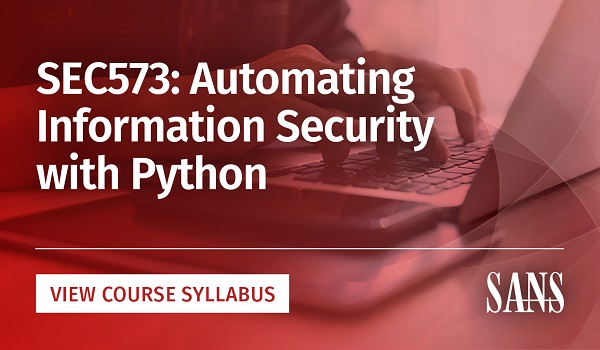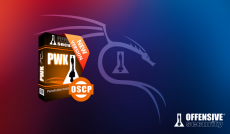Description
Size: 15.3 GB
Who Should Attend SEC573?
- Security professionals who benefit from automating routine tasks so they can focus on what’s most important
- Forensic analysts who can no longer wait on someone else to develop a commercial tool to analyze artifacts
- Network defenders who sift through mountains of logs and packets to find evil-doers in their networks
- Penetration testers who are ready to advance from script kiddie to professional offensive computer operations operator
- Security professionals who want to evolve from security tool consumer to security solution provider
You Will Learn How To:
- Leverage Python to perform routine tasks quickly and efficiently
- Automate log analysis and packet analysis with file operations, regular expressions, and analysis modules to find evil
- Develop forensics tools to carve binary data and extract new artifacts
- Read data from databases and the Windows Registry
- Interact with websites to collect intelligence
- Develop UDP and TCP client and server applications
- Automate system processes and process their output





